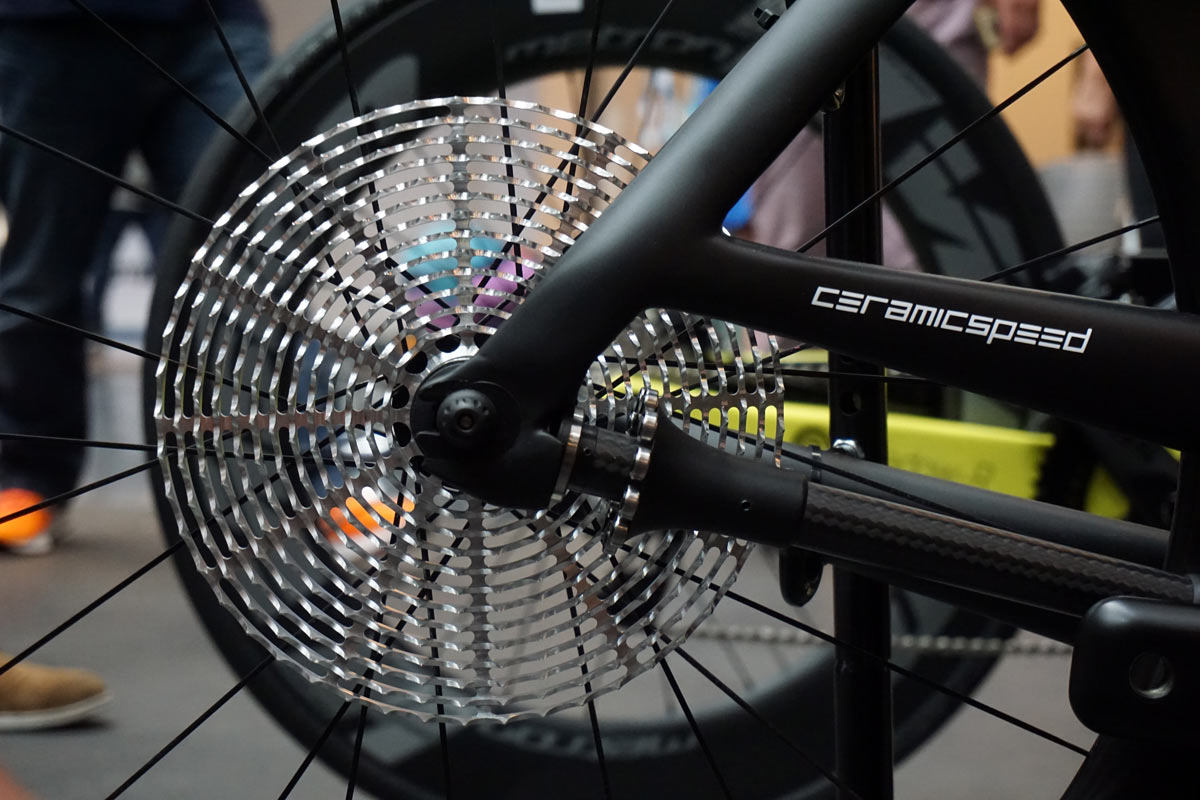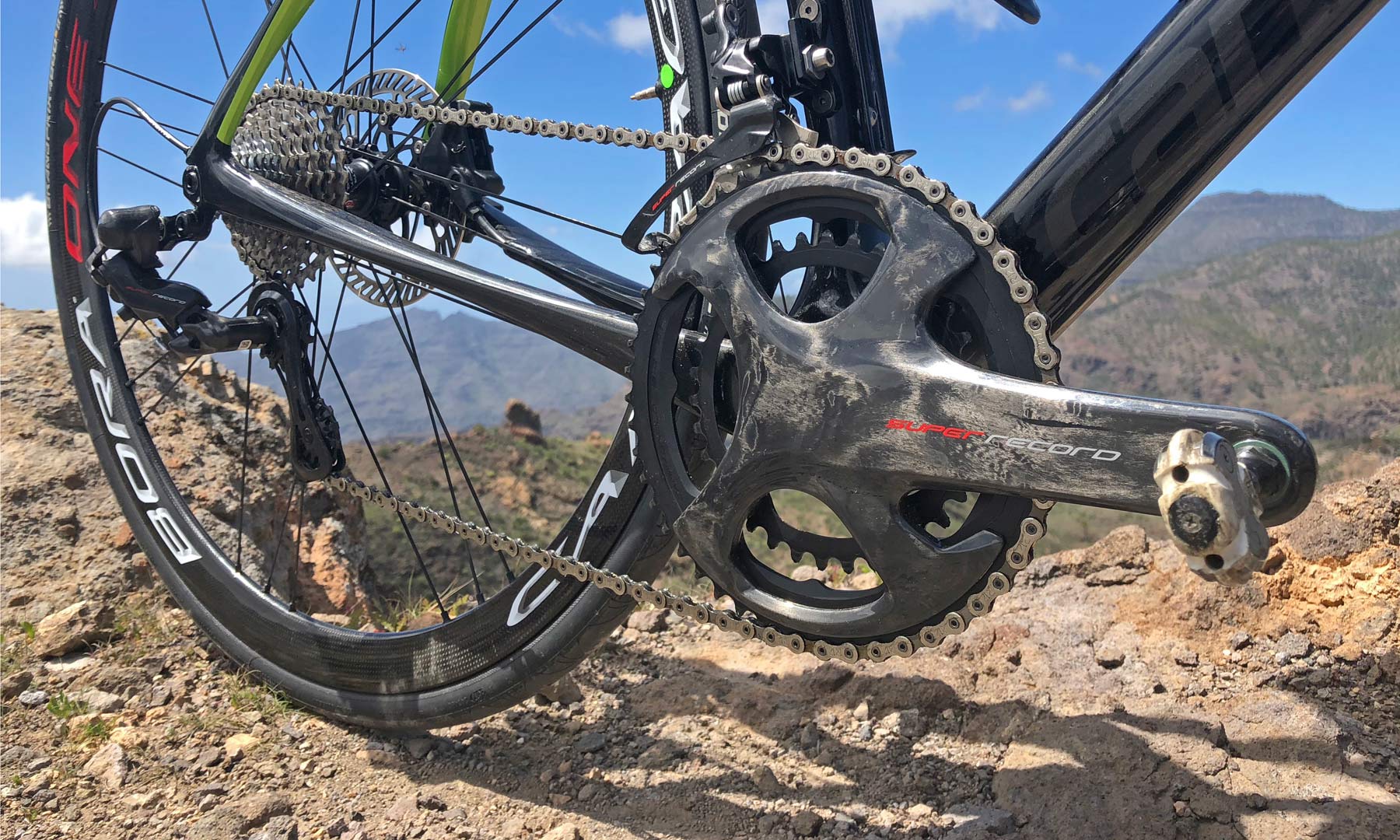The Ceramicspeed Driven concept showed us that there are ideas beyond the chain and derailleur. Rotor showed us that there’s room to add more gears with their 13-speed group for any type of bike.
But is that really what’s next?
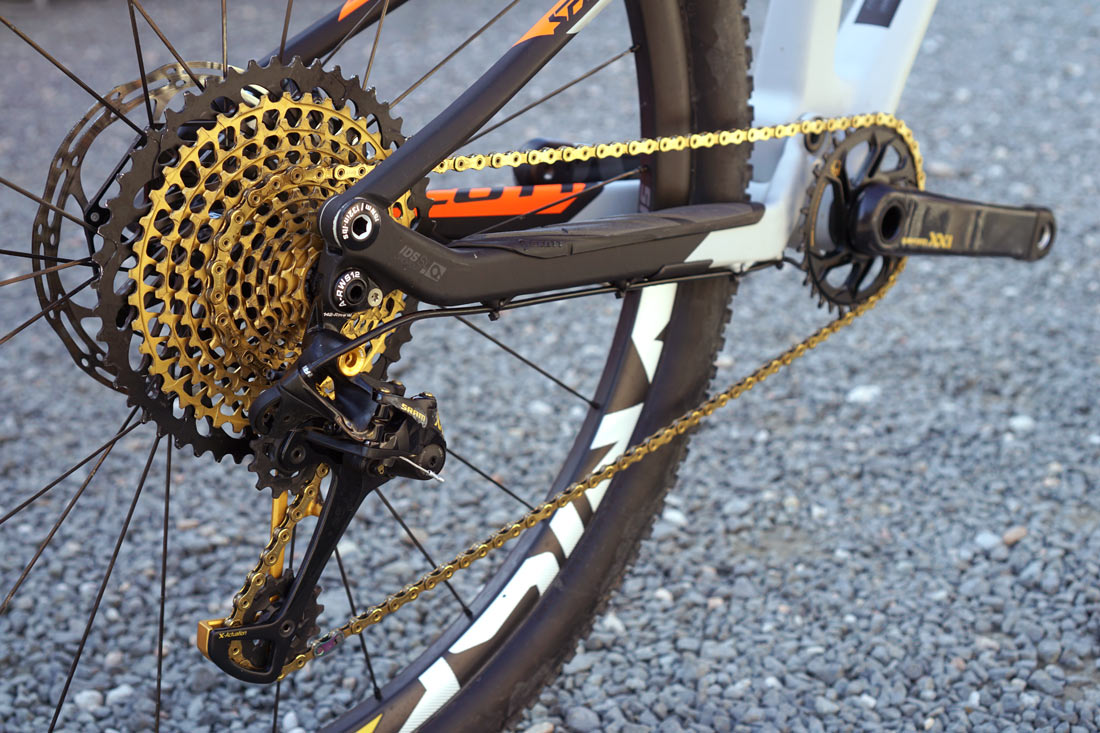
Is it really about adding more gears? Or more range? If you look at the range available from SRAM Eagle or the latest Shimano XTR, those already have more range than your typical road bike drivetrain.
With such a big spread on tap, the issue becomes the steps between gears. That’s why Campagnolo ratcheted it up to 12-speed too, while retaining the same gear spread and front derailleur, smoothing out steps in between. It is also why 3T’s Strada 1x road bike needed a 2x option for their pro team. They needed to be able to improve the gear steps so the riders could maintain an optimal cadence. What’s counterintuitive, though, is that it’s not the massive jumps at the big end of the cassette we’re talking about. When you have a 46 jumping to a 50 (or more), that sounds like a lot…four whole teeth!!! But that’s only an 8% percent jump.
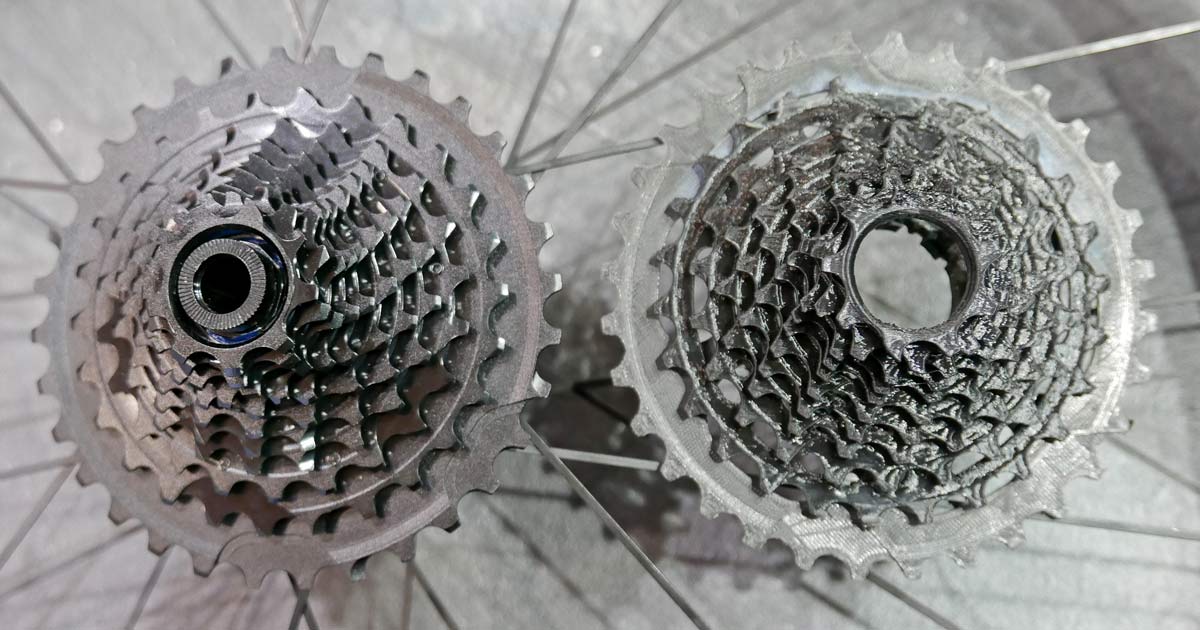
Look at the other end of the cassette, though, and if you were to add a 9 tooth cog to the bottom and that’s more than an 11% jump. If you’re particular about cadence, which most roadies are, that’s a massive jump that would screw up your rhythm. One solution is to simply increase the size of the chainrings to make a 10 or 11 tooth cog enough to hammer at your highest speed. But then you need bigger cogs at the other end to ensure you’re not grinding up the climbs.
Which means the next real drivetrain advancement is figuring out how to get smaller jumps between all gears, particularly at the small end of the cassette, while keeping a wide range. Maybe it’s an internally geared hub. Maybe it’s a planetary, CVT-style mechanism. Or something entirely new.
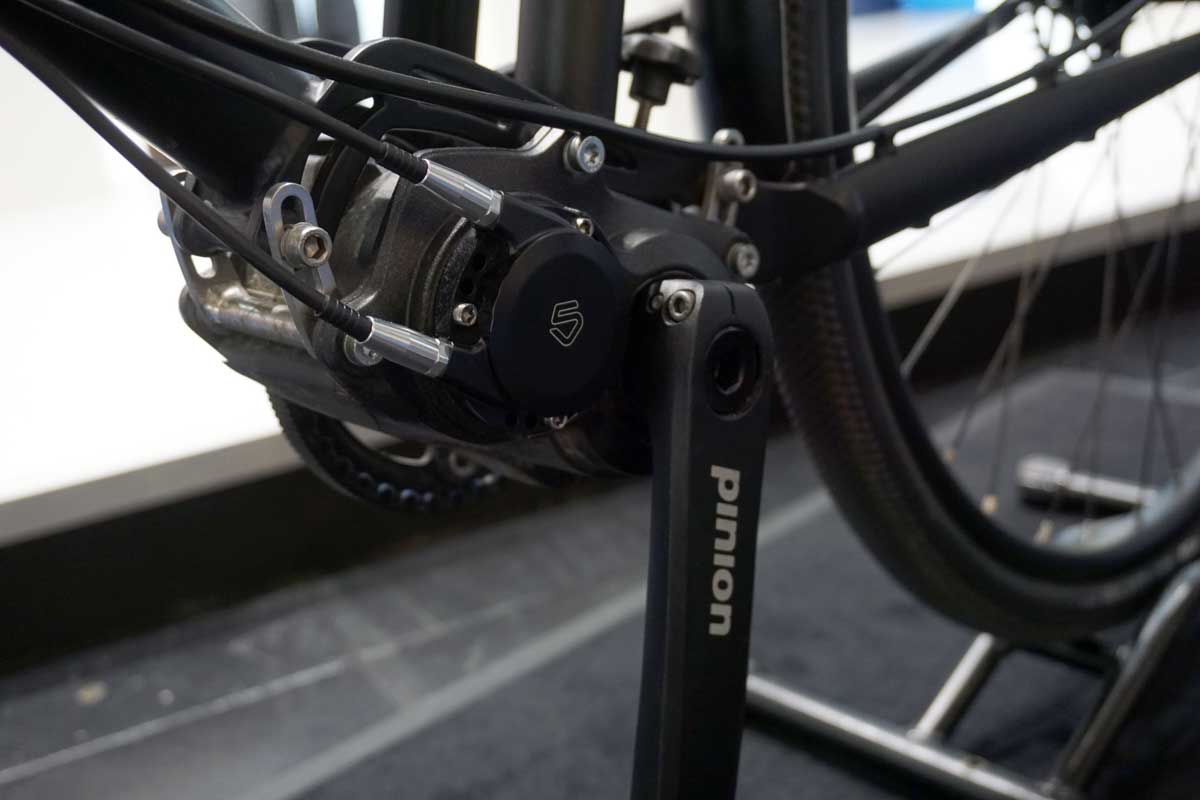
Assuming we do move away from a traditional cassette and derailleur, the trick then becomes how to describe it. What if we no longer need to say it’s a “12” speed or “17” speed drivetrain? We can’t just say it’s a 500% or 600% range drivetrain. Because that tells you nothing about the lowest or highest ratio. So it will have to be something that describes the lowest and highest points, and, if it’s not infinitely adjustable between those points, it will have to describe what those steps are. Ideally, it’ll just be something that moves freely between the entire range. Because then you eliminate any downside to a massive range.
Internally geared systems will have to improve to be viable alternatives, mainly by dropping weight and reducing drag. Like every component group, though, they’re getting better every year. Whether things move inside the frame, hub and bottom bracket or find a new way of shaping the current chain and sprocket sets, one thing is for sure: The industry has realized the limitations of a big cassette and derailleur and they’re trying to figure out what’s next.
